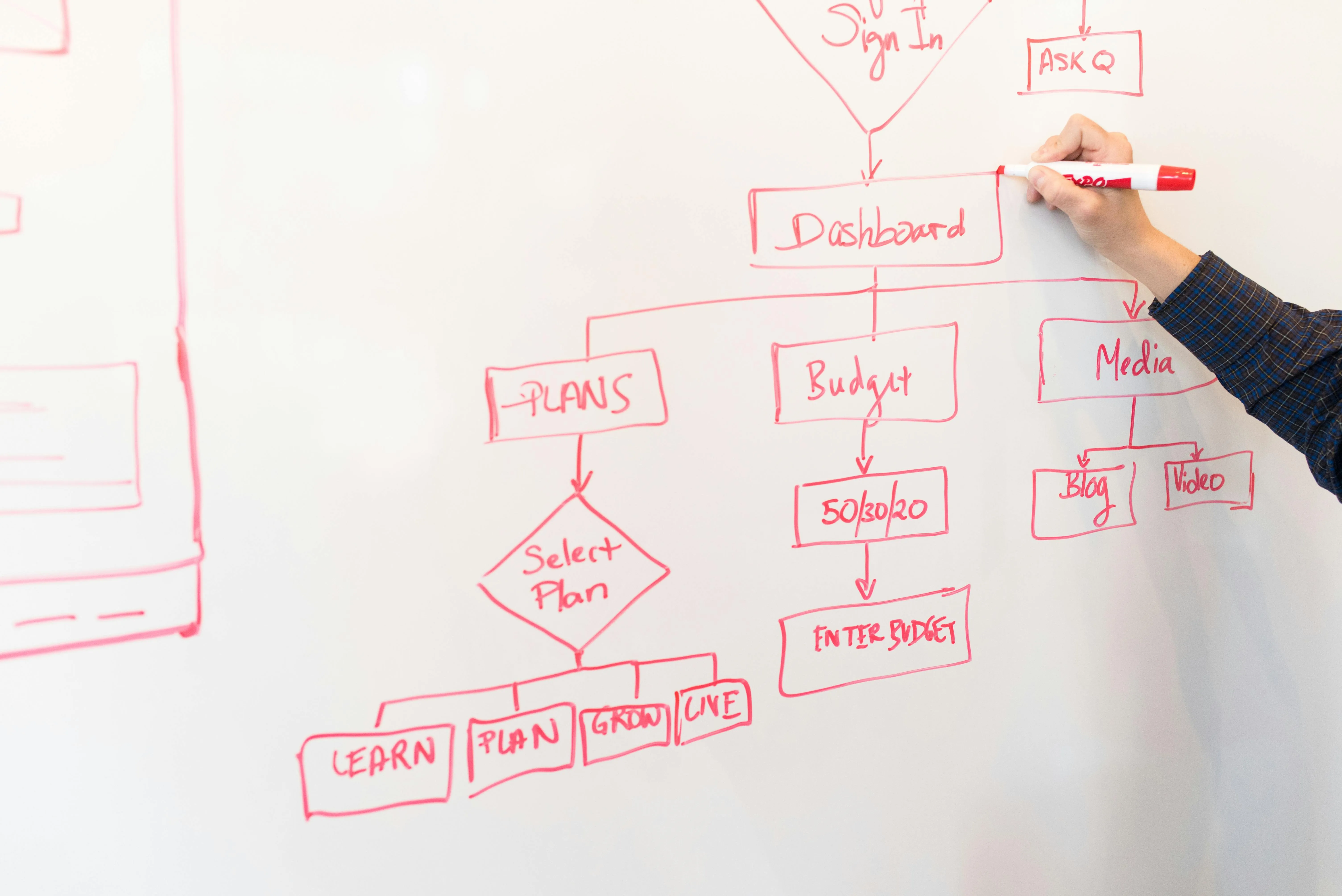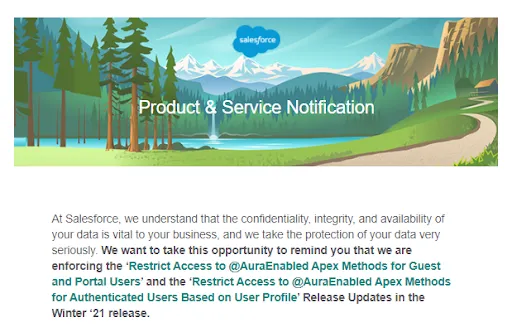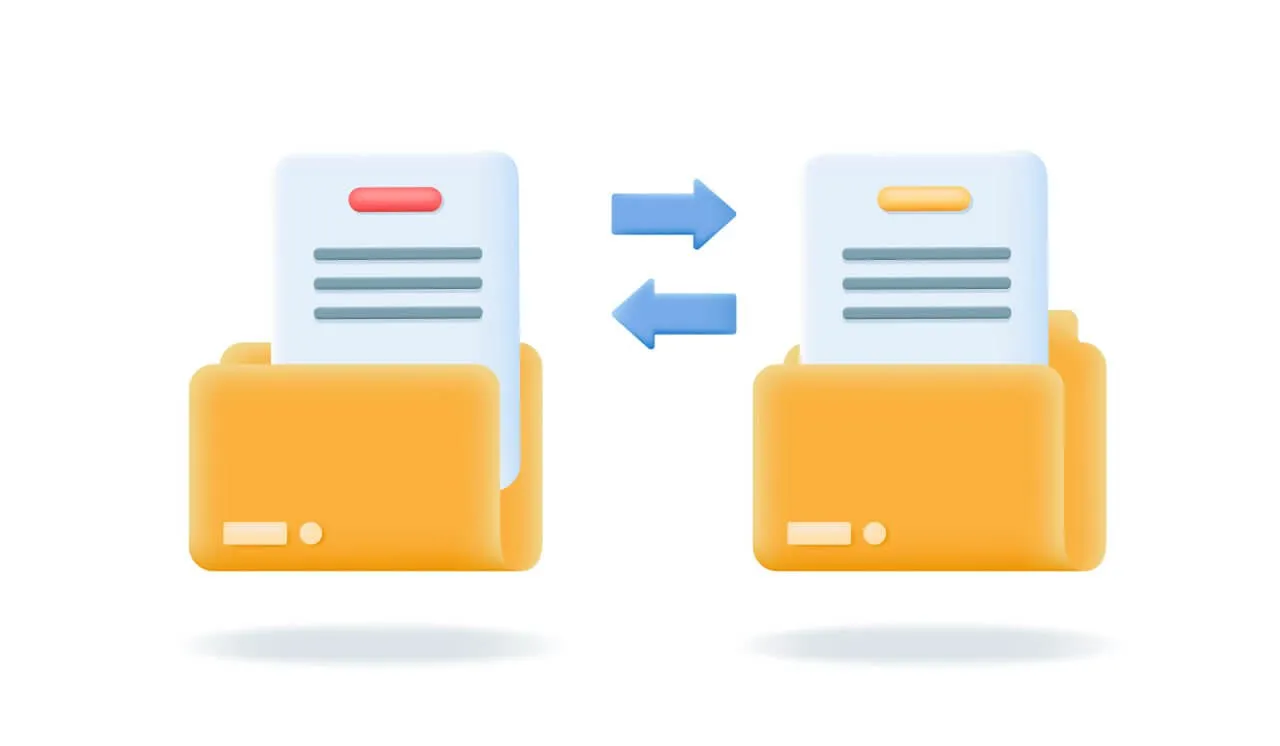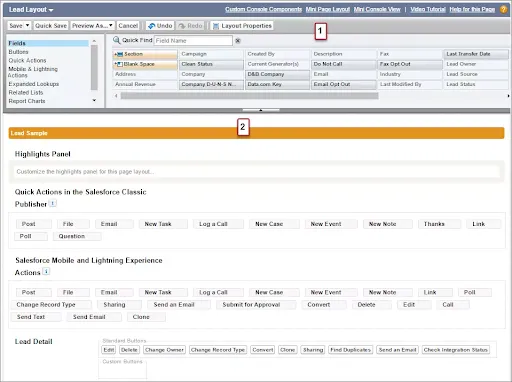Launch Winter ’26 Readiness: Test Key Workflows Before September Rollout
Preparing for a major platform release requires structured testing of revenue, fulfillment, and compliance workflows before a September rollout. This article presents a tactical 6–10 week readiness plan, a realistic case study with timelines and KPIs, and clear recommendations so teams can reduce disruption and validate business continuity ahead of Winter ’26.

Introduction
Major vendor releases often change data models, UI flows, or API behavior; even minor shifts can break integrations and operational processes. A disciplined readiness program that runs 6–10 weeks before a scheduled September rollout reduces risk by prioritizing mission-critical workflows, validating integrations in sandboxes, and rehearsing rollback and support procedures. The goal is not to test every feature but to ensure measurable continuity across sales, billing, fulfillment, and compliance workflows that affect revenue or customer experience.
Case in point
A 250-person SaaS provider with $45M ARR prepared for a vendor platform Winter release scheduled in September. The readiness program ran for 8 weeks with a simple gating model: Week 1–2 discovery and impact scoring, Week 3–6 sandbox test execution, Week 7 pilot in a controlled production slice, and Week 8 pre-rollout remediation and incident runbooks.
Discovery and impact scoring identified 12 workflows; the team prioritized the top 5 by revenue exposure (covering 82% of daily transactions). These included: lead-to-cash (quote, order entry, invoice generation), subscription renewals and amendments, single-sign-on and provisioning, shipping and fulfillment confirmations, and bank reconciliation.
Sandbox testing used realistic data snapshots (90-day rolling window, anonymized PII) and automated smoke tests for API contracts and UI journeys. For example, the billing workflow validation included automated tests that created 120 invoices, simulated card declines for 8% of cases, and exercised dunning rules; failures were logged and categorized as critical (payment posting mismatches), major (UI label changes), or minor (styling differences).
The pilot cutover targeted 10% of accounts (by ARR) and ran for 72 hours. The pilot revealed a single critical issue: a changed invoice reference field that disrupted downstream reconciliation scripts, increasing manual reconciliation time by 3 hours per day. The team applied a configuration patch in 18 hours and re-ran the pilot validation; reconciliation time normalized. Because the issue was detected and remediated in the pilot, the full rollout proceeded on schedule with a two-hour delayed-open window and extra support staffing.
What to implement / Recommendations
- Map and score workflows by revenue exposure and SLA impact and test the top 60–80% of transactional volume first.
- Create realistic sandbox datasets by exporting a 60–90 day anonymized snapshot and seed integration endpoints.
- Automate smoke tests for API contracts, authentication flows, and core UI paths to detect regressions quickly.
- Run a staggered pilot in production on a small ARR slice before full cutover to validate real-world behavior.
- Prepare rollback and mitigation playbooks with explicit decision gates and owners for each scenario.
- Schedule a 48–72 hour support window at rollout with on-call engineers and business liaisons available.
- Measure five readiness KPIs daily during tests: transaction success rate, reconciliation errors, lead-response latency, payment failure rate, and on-time fulfillment.
- Communicate change windows and expected behaviors to top customers and internal stakeholders at least two weeks before rollout.
For owners evaluating investments
Owners should prioritise test coverage on workflows that tie directly to cash and customer SLAs; this is where the cost of failure is highest. Investment in sandbox fidelity and test automation usually pays back quickly by avoiding manual late-night remediation and lost deals.
Decide between expanded internal testing versus hiring a third-party release-readiness firm based on internal capacity and risk appetite. If the platform change impacts many downstream systems and engineering bandwidth is limited, a short-term external engagement to accelerate test automation and run pilot orchestration can be more cost-effective than extended internal overtime.
Expected outcome
With structured readiness, organizations should expect materially lower rollout risk: critical workflow failures detected in pilots rather than production, a reduction in incident-driven revenue loss (measurable in days of recovered transactions), and faster mean time to remediation — typically shortening from multiple days to under 24 hours for detected issues. Operational KPIs such as reconciliation errors and payment failure rates should normalize within 48–72 hours post-rollout when pilots and smoke tests have validated dependencies.
Beyond immediate risk reduction, a formal readiness process builds institutional capability: documented playbooks, repeatable test suites, and stakeholder communication templates that reduce future release cycles’ friction and support predictable business continuity.
Enjoyed the article? Follow our LinkedIn newsletter for more insights — subscribe here.





























